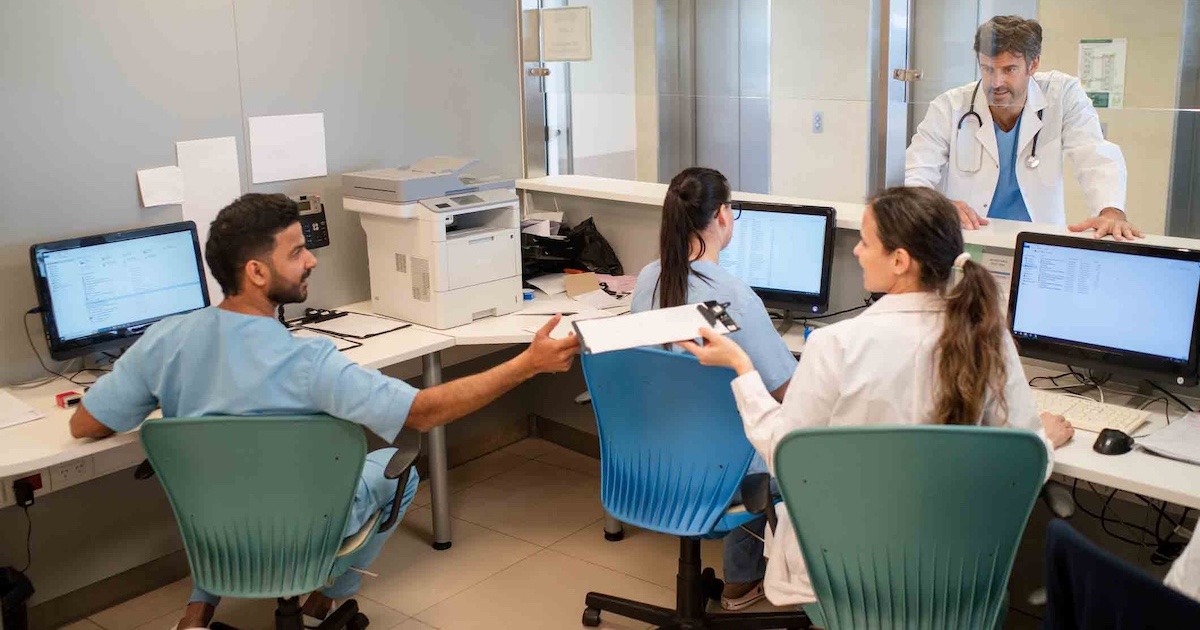To most people, the term “concierge medicine” conjures the image of elite, white-glove medical care, where a fleet of physicians is available to the rich and famous 24/7 for a very steep price. Though this is true for some concierge medicine services, there is a continuum of concierge services ranging from the aforementioned model to a more limited, specified package of services, determined by price. For those who make up the very small percentage of Americans who are able to use this type of service, there is immense value: greater access to quality physicians saves lives.
For most Americans, concierge medicine is not an affordable option. It can take weeks to get an appointment with a physician and few can afford to miss work for something like a cough (even one that is getting worse), so they self-medicate or avoid treatment altogether. These scenarios often result in a much sicker patient down the road and a costly trip to the ER for something that began as a simple cough or cold. This not only means hefty medical bills for the individual, but it generates costs that ripple out across the healthcare system, impacting insurance companies, employers, government and, ultimately, the rest of the insured and/or taxpaying population.
For most of us, traditional concierge medicine is not the answer to the problems of limited healthcare access, inconvenient access and the dearth of affordable care settings. However, new technologies and business models are bridging the gap to affordable, attentive care and bringing concierge-style medicine to the general population, which holds the promise of addressing several of the chronic and systemic problems in the U.S. healthcare system.
Affordable, convenient access to care for everyone
Affordable and convenient access to care has been a hot topic in healthcare for years, and we have made some great strides in that area. As a developer of the retail clinic business model and co-founder of the first retail clinic, MinuteClinic, I introduced walk-in clinics to communities in the ‘90s to help treat non-emergent complaints (and prevent them from becoming emergent) in an easy-access, low-cost setting. These clinics are popping up everywhere today, and while they definitely help to reduce the access gap in the communities they serve, they can only go so far and are not economically sustainable in many communities. Plus, to go to the clinic, you still need to leave work (or your bed) to get care.
More recently, an even more accessible and affordable alternative to care has emerged –telemedicine. Simply put, telemedicine is remote access to care via the telephone, email, video or mobile consultations. Thanks to new technologies like cloud-based platforms, ePrescribing, e-Lab ordering, electronic health records, advances in smartphone apps and modern call center and workforce management systems, highly effective telemedicine that allows rapid access to a certified physician 24/7 from anywhere is now a reality, and at a cost comparable to an office visit co-pay, regardless of insurance status.
Though telemedicine does also have its limitations (i.e. you can’t treat a broken leg or look inside a patient’s ear over the phone) the best of these offerings allow patients to seek a medical consultation, diagnosis and even treatment for a vast array of non-emergent issues – such as minor infections or flu – that are simple to diagnose and treat in the early stages, but can become quite serious (and contagious) if allowed to progress. Something as simple as early treatment of flu with a medication like Tamiflu can shorten the duration of illness and the time out of work significantly. And for patients who are elderly or have compromised immune systems or chronic diseases such as diabetes or COPD, it can mean avoiding a hospital stay that could cost thousands of dollars in both out-of-pocket charges and related costs for the insurance company.
The Economics of Care
Telemedicine is one of the only initiatives in healthcare that promises to significantly impact the cost of care while benefitting every constituent involved: patients get fast, convenient, affordable care without ever leaving their home or office; employers enjoy reduced absenteeism and lower healthcare costs; health plans have happier employers and individual customers and lower cost of care; practices improve access and revenue by being able to “see” more patients per day; and even hospitals benefit from less ER congestion and more manageable and appropriate patient flow into the hospital. As telemedicine continues to evolve, it will soon spread its sphere of influence to other care settings and specialties such as teletheraphy, teledermatology, post-hospital, post-operative care and more.
Traditional concierge medicine may only be a solution for the “1 percent,” but telemedicine’s ability to provide concierge style medicine for the masses represents a huge benefit to the other “99 percent.” Telemedicine is a viable, readily available and easily scalable option that offers all of the benefits of concierge medicine at a fraction of the cost. By shifting the physician-patient encounter to a more cost-effective, obtainable setting, the economics of healthcare are changed, which ultimately promises to save a failing system while improving healthcare for all of us.
Douglas Smith, MD, is the Chief Medical Officer for Consult A Doctor and a board-certified family physician with more than 23 years of practice experience. The former chief of family medicine at Methodist Hospital in St. Louis park, Minn., he now runs a solo practice in Plymouth, Minn.


